
When it comes to improving energy efficiency in homes and buildings, wall insulation plays a crucial role. In fact, uninsulated walls can be one of the biggest sources of heat loss. If your property has solid walls — as opposed to cavity walls — then you’re likely considering two main options for insulation: internal wall insulation (IWI) and external wall insulation (EWI). Each approach has its own set of advantages, disadvantages, and suitability depending on the building’s structure, use, and aesthetic requirements. In this blog, we’ll explore the key differences between internal and external wall insulation to help you make an informed decision.
Understanding the Basics
Internal Wall Insulation (IWI):
This involves fixing insulation material to the inside surfaces of external walls. Typically, insulating boards or stud walls filled with insulation are applied and finished with plasterboard. It is usually chosen for properties where changes to the external appearance are not allowed or desired.
External Wall Insulation (EWI):
This method involves adding a layer of insulation material to the exterior walls of a property. The insulation Electric Storage Heating in london is then covered with a protective render or cladding to weatherproof and finish the surface. EWI is popular for buildings undergoing exterior renovations or for those looking to significantly improve their thermal performance without affecting interior spaces.
Key Differences
1. Thermal Efficiency
Both internal and external wall insulation Room in Roof Insulation London can significantly reduce heat loss, but EWI generally provides better overall thermal performance. Since it covers the entire external façade, it reduces thermal bridging (areas where heat escapes more easily, such as wall junctions and around windows). IWI, on the other hand, can sometimes leave cold spots where the insulation is interrupted by internal walls or other obstacles.
Verdict: EWI is generally more thermally efficient and consistent.
2. Cost
Cost is often a deciding factor warm home grant for homeowners. Internal insulation is usually cheaper than external insulation in terms of upfront materials and labor. EWI can be significantly more expensive, especially if scaffolding is required or if high-end finishes are chosen.
However, EWI may lead to greater long-term savings in heating bills due to better thermal performance.
Verdict: IWI is more affordable initially, but EWI might offer better long-term value.
3. Disruption During Installation
Installing internal insulation is more disruptive for occupants. Rooms must be cleared, furniture moved, and the interior redecorated afterward. It may also involve rewiring electrical sockets, moving radiators, and adjusting skirting boards or coving.
External insulation, by contrast, causes minimal disruption inside the home. Most of the work takes place outdoors, meaning residents can continue daily activities relatively undisturbed.
Verdict: EWI wins in terms of convenience during installation.
4. Impact on Space
Internal insulation reduces the internal floor area of rooms, sometimes by several centimeters depending on the thickness of insulation used. In smaller rooms or apartments, this loss can be significant and undesirable.
EWI preserves internal living space, which is especially important in compact or historically valuable interiors.
Verdict: EWI preserves internal space, making it more desirable in smaller homes.
5. Aesthetic Impact
One of the major differences lies in the visual impact. IWI has no effect on the external appearance of a building, which is ideal for listed buildings or homes in conservation areas where exterior changes are restricted.
EWI changes the external façade and offers an opportunity to update the look of a property. While this can be an advantage in some cases — especially for worn or outdated exteriors — it may not be suitable for heritage properties or areas with strict planning regulations.
Verdict: IWI is better for preserving historic or regulated building appearances.
6. Moisture and Damp Control
Proper management of moisture is critical when insulating walls. IWI must be carefully installed to avoid condensation issues. If warm, moist air comes into contact with a cold wall surface behind the insulation, it can cause damp problems.
EWI helps keep the entire wall structure warm, reducing the risk of internal condensation. It also adds a weatherproof layer that protects the external wall from rain and wind.
Verdict: EWI is superior for moisture management and preventing damp.
7. Durability and Maintenance
External insulation, if properly installed, is robust and low maintenance. High-quality render or cladding systems can last decades with minimal upkeep. However, EWI is more exposed to weather and impact damage.
Internal insulation is protected from Solar Panel Installation london the elements, but it may be damaged more easily by household activities or renovations. Also, if the building’s use changes — say, if walls are knocked down or modified — the insulation may need to be reinstalled.
Verdict: EWI is generally more durable, but both require care to maintain performance.
When to Choose What?
Choose IWI if:
You're working with a limited budget.
Your home is in a conservation area or listed.
You don't mind some loss of internal space.
You’re only renovating individual rooms at a time.
Choose EWI if:
You're undertaking a full exterior renovation.
You want the best thermal performance.
You want to avoid interior disruption.
You live in an area without aesthetic restrictions.
Conclusion
Both internal and external wall insulation offer significant benefits when it comes to reducing heat loss, improving comfort, and lowering energy bills. The best choice depends on your specific circumstances — your budget, property type, planning restrictions, and whether you’re undergoing other renovations.
Ultimately, the goal is the same: to create a warmer, more energy-efficient home. Whether you insulate from the inside or the outside, both options are worthwhile investments in a more sustainable and cost-effective future.
Air Source Heat Pump in london
Solar Panel Installation london
warm home grant
Electric Storage Heating in london
Room in Roof Insulation London


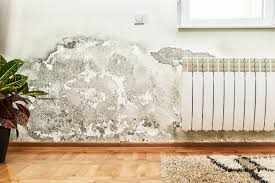
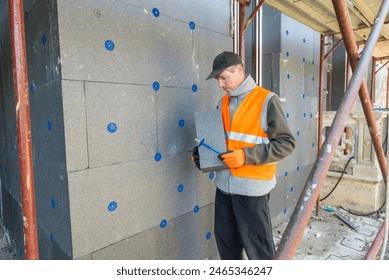
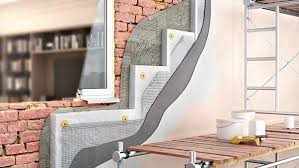
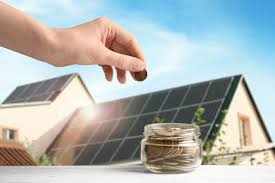

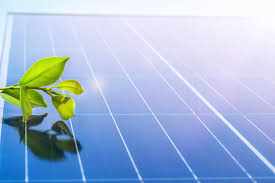
Write a comment ...